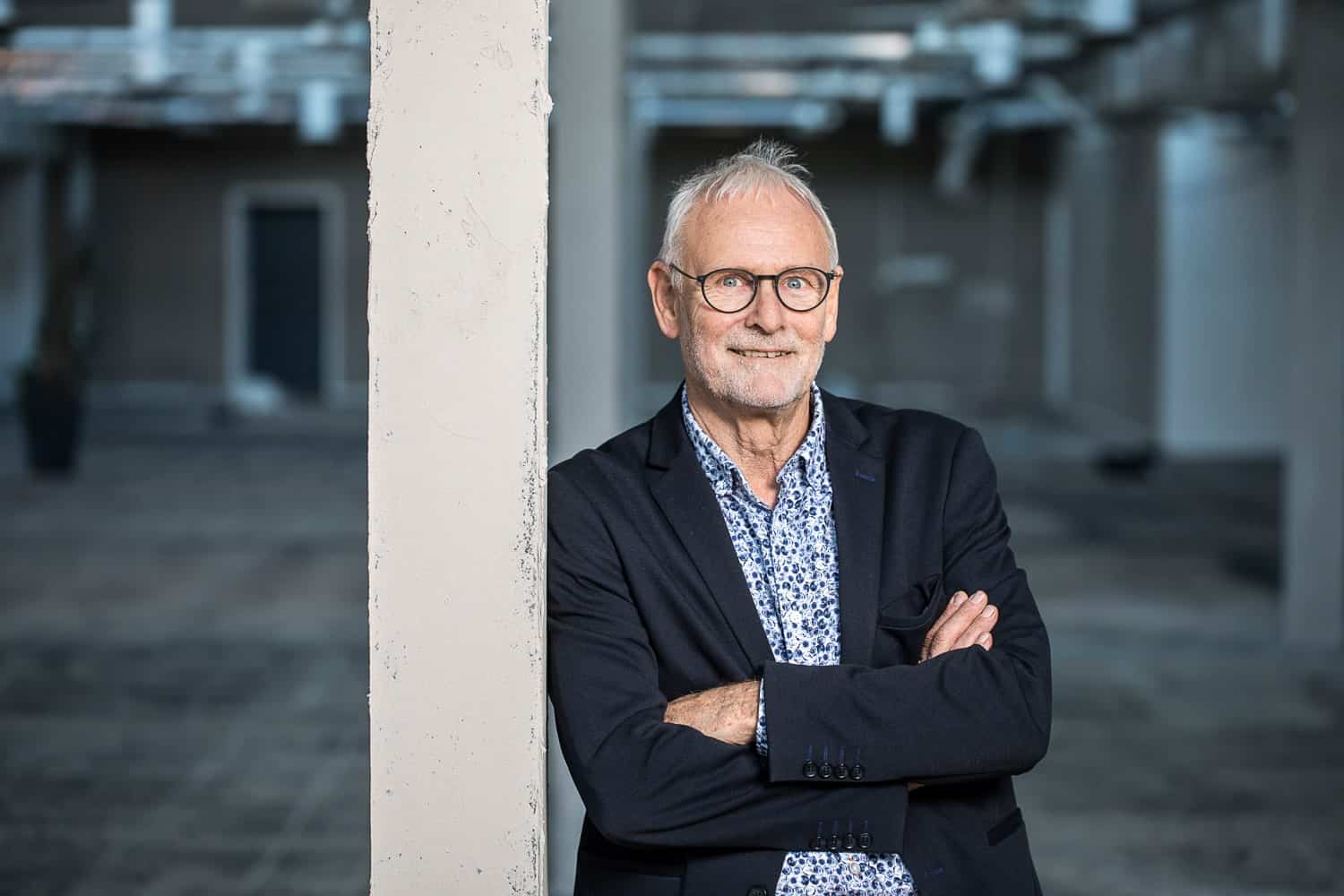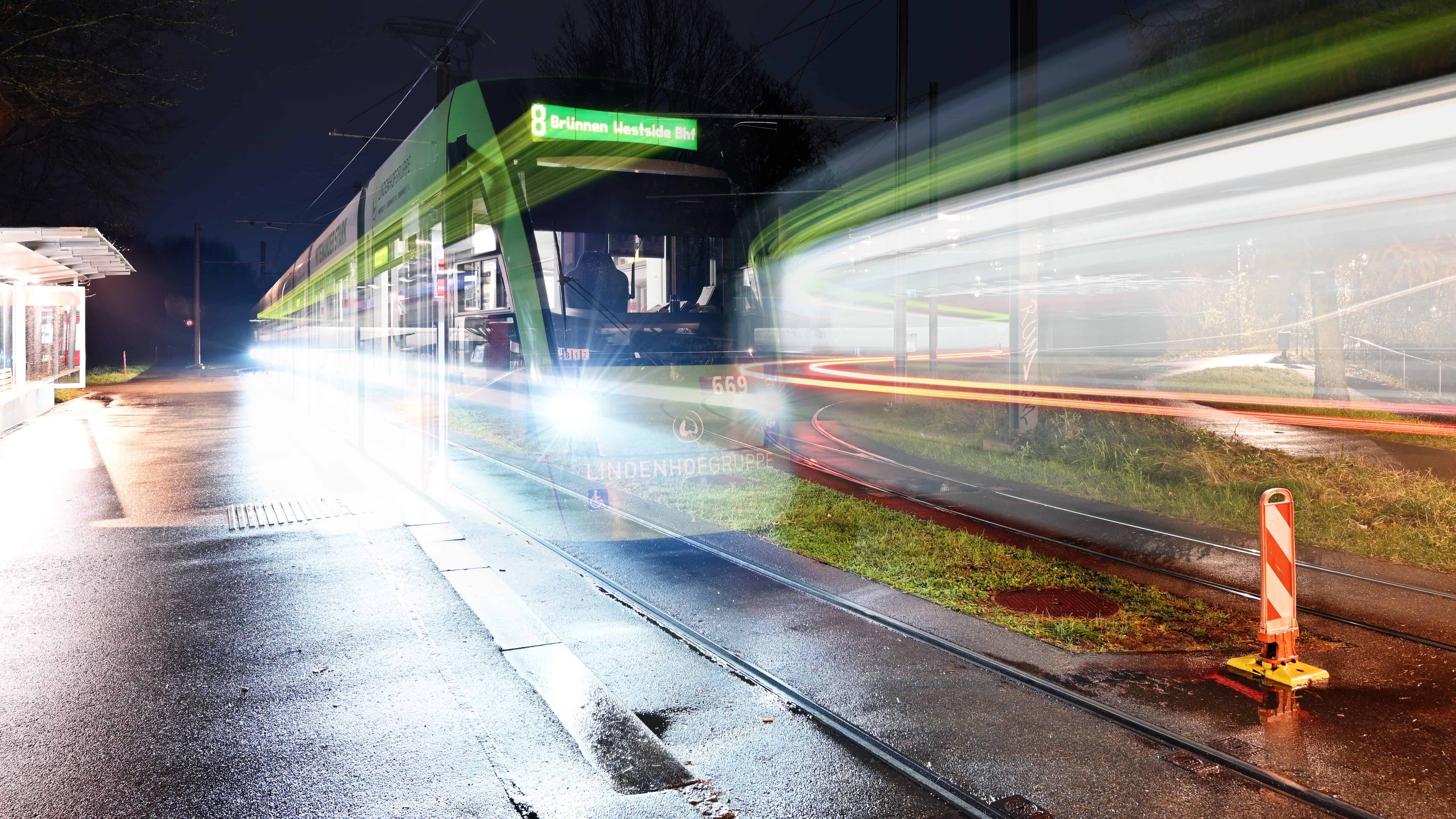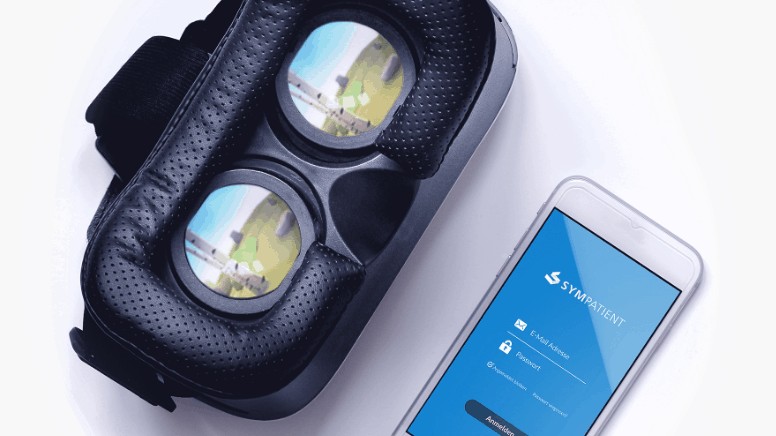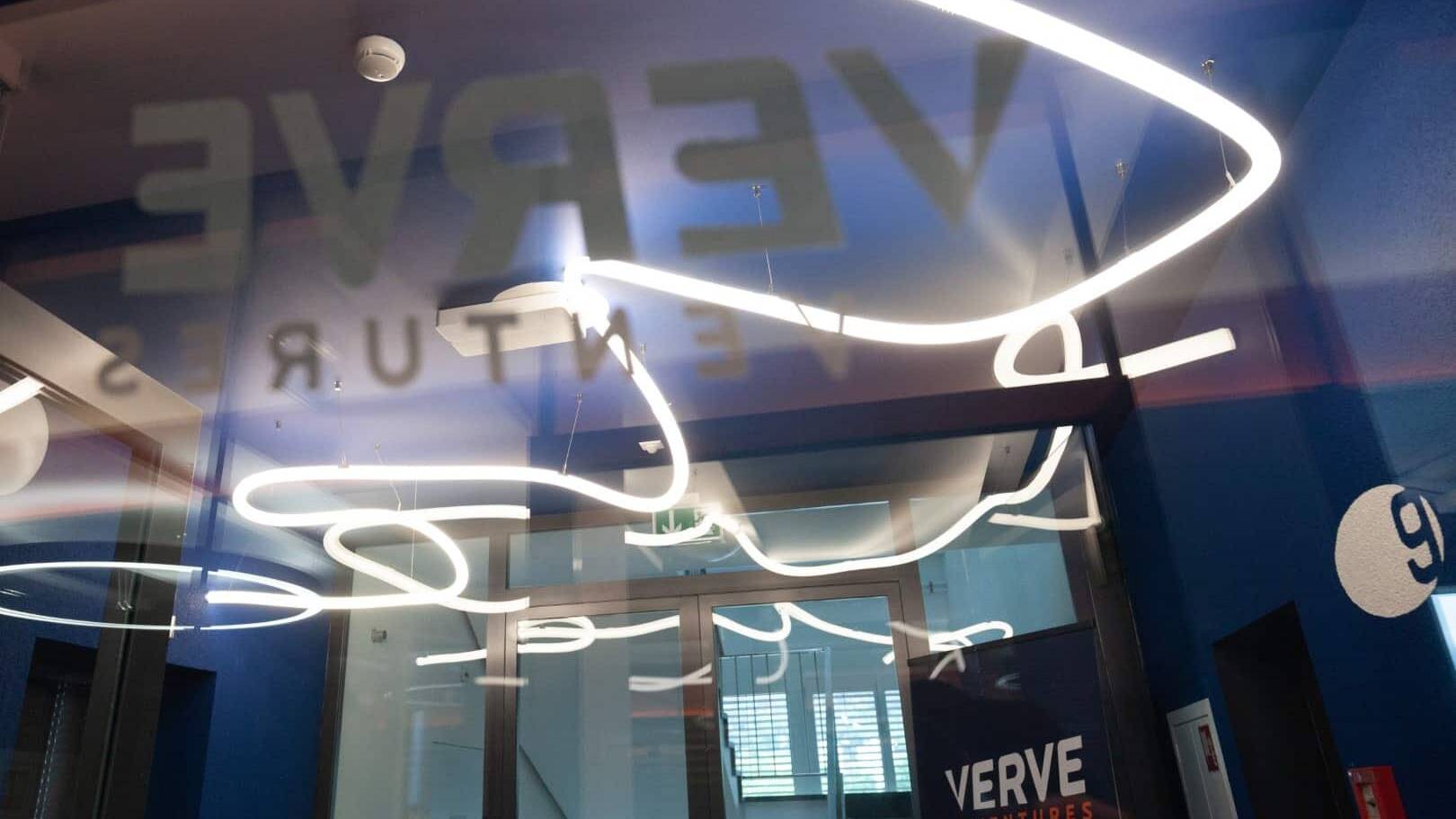Peter Petersen has dedicated his career to the science of sound, working for Bang & Olufsen for over 3 decades. Peter now breathes new life into a big facility left by the company, turning it into the world’s first sound-tech accelerator and co-working space: Sound Hub Denmark. We talked to Peter about the strength of the Danish sound ecosystem, heartbeats, and the Swiss noise-canceling startup AVAtronics.

CEO of Sound Hub Denmark
Peter Petersen is CEO of Sound Hub Denmark. He joined Bang & Olufsen after graduating with a Master’s degree in Electrical Engineering and has stayed with the company for over 3 decades. Peter became Chief Technology Officer and was responsible for the company’s core competencies and IdeaLab. Next to his leading Sound Hub, he is an advisor and board member of several companies.
Sound Hub Denmark has the world’s first sound-tech accelerator. In May 2019, the first cohort of international start-ups finalized the 6-month program in partnership with Accelerace, Europes No. 1 seed accelerator. The startups were Cocobo, Distopik, STEENSSEN, AVAtronics, Specialwaves, Muuselabs and Mapuguaquén. Sound Hub Denmark is an international sound technology and innovation environment in Struer, Denmark, which will host and attract startups and established sound and acoustic companies, investors, freelancers, and researchers. Partners in Sound Hub Denmark include leading global key players within the international audio industry; Bang & Olufsen, Harman Lifestyle, Aalborg University, and Danish Sound Network.
Sound Hub Denmark is located in the small city of Struer in Northern Denmark, where Bang & Olufsen is a dominant industry. What is the most prominent sound in Struer?
It is very calm here And since we’re close to the west coast, you often hear the wind whistle and the waves roll.
How was the idea of Sound Hub born?
Sound is in the DNA of Struer. There is incredible competence in sound, acoustics and audio concentrated in this city attracted to Struer by B&O. When B&O reduced and relocated staff in Struer, this building, which used to belong to the R&D department, became available for a new use. The municipality contacted me and others and we gave birth to the idea to make the world-class facilities in the building, which B&O willingly left intact, available to startups in the sound space. This is a way in which Struer wants to attract companies and create new jobs in the sound domain.
What do you want to achieve as CEO of Sound Hub?
I see it as a big co-working space that hosts startups as well as small firms and also teams from corporations that want to be very close to innovation in the sound field. For the accelerator program aimed at startups we have partnered with Accelerace, Europes leading seed accelerator. We now already have the third cohort of startups in the program, that started January this year.
What kind of startups can apply? Is it only aimed at the development of physical products or could, say, a podcast software startup also join the program?
Of course it could. We have a very broad scope, where sound can be either part of the problem or part of the solution. In the case of a podcast, sound is part of the solution. Of course, with the history of this place, speakers and headsets are the starting point, but acoustics is much more than that. Sound-tech is branching out into many other industries, even healthcare.
“Sound-tech is branching out into many other industries, even healthcare”
Before we delve more into the future, let’s talk a bit more about the past. I find it quite impressive that the Danish sound industry makes a turnover of more than EUR 5 billion and employs about 30’000 people. How has this ecosystem developed?
The first reason is education. The Danish technical universities have always been very progressive and leading in the field of electro- and psychoacoustic engineering. The second reason is quite unique and has to do with the health care system in our country, that subsidized people with hearing loss very early, which led to hearing aid companies grabbing more than 50% of global market share. And the third reason is quite particular to Scandinavia in general and very pronounced in Denmark, namely the tradition of cooperation. The industry players, even if they are competitors, have worked together on big basic developments that benefited them all.
Sound really can be a fascinating topic. Where does your fascination for it come from?
I always liked mathematics and still find it fascinating how algorithms can process signals and shape a sound in the right way. I think that fascination started when I was 12 years old and started to build my first loudspeakers. I thought they sounded very good, but my parents weren’t particularly impressed (laughs).
You have a wealth of experience in the field. What was the most fascinating progress that you saw in your career?
There have been quite a few interesting things (laughs). I was employed in the group that introduced the first digital source of music, the CD. But I’d say that the advances in digital signal processing that have taken place in the last 10, 15 years really amount to a revolution. This has made very small but very powerful headphones possible, for example, that give you the impression of listening to the sound source in front of you.
R&D clearly plays an important role, and the Sound Hub was the place where this took place. What kind of facilities are available here and how can they benefit a startup?
So first we can give them space to work, not just desks, but also a workshop where they can produce mock-ups and prototypes with 3D printers, assemble and manufacture things and work on electronics. We offer dedicated and standardized listening rooms, because, well, listening is quintessential. Then there are labs where startups can measure and evaluate their product, including “The Cube”, one of the largest privately-owned electro-acoustic measuring facilities. But it isn’t only the infrastructure that is important. Struer is characterized by around two dozen companies that were founded by former B&O people, and those people have relevant competencies and equipment. If someone doesn’t find what he needs in our workshop, we’ll surely find it not farther than 1km from here.
In May, the first batch of startups came out of the Sound Hub accelerator program, and the next two cohorts are busy working. Can you give us a bit of a flavor what kind of startups you work with?
It’s very diverse, and the startups come from many different countries. We did actually have three companies that work on speakers, one of them made of clay. We had a music player for children that plays different playlists according to which figurine you put on it and a company with an advanced MIDI controller, as well as Avatronics with their very advanced signal processing for noise cancellation.
You also organize investor pitches. How big is investors’ appetite for sound tech?
Most investors have quite a broad scope of what they look at. But we do also have a few business angels in Denmark that made their money with audio and are looking a bit more specifically at sound tech. They should have a good understanding of what makes a good investment in this space.
You mentioned health care earlier in our discussion. Is that a big topic of the future?
Yes. Hearing loss is one thing, but Bose has started to sell assistive and augmented hearing aids aimed at younger people with only mild hearing impairment or none. But there is even bigger potential in health. There is growing evidence that sound has a profound influence on physical and mental health. Sound can stress but it can also heal. Some hospitals are already influencing the chemistry of the brain with sound instead of pills to calm patients. We have a startup at the Sound Hub now that has developed an electronic stethoscope and uses AI on the sound of the heart as a new screening tool for heart disorder. Deep learning applied to sound is the way forward.
“Deep learning applied to sound is the way forward”
You said that sound can also stress. What about that?
Noise is an important form of pollution that affects every part of the civilized world. We need to control and damp it, otherwise, it just becomes too much. Look around in the streets of a big city today and you’ll see almost every second person wearing headsets. That wasn’t the case 10 years ago. They are listening to music, of course, but I think that they also want to get away from the noise.
There is noise-canceling technology, but it is far from perfect. Why is noise-canceling hard to do?
It is a mathematical challenge. The principle of noise-canceling is that you try to remove a sound wave by adding the same negative wave to the equation. The problem is that you need to detect the noise first and then produce the negative quickly. If that process takes too long, it either has no effect or it makes it even worse. With low frequencies that have a long wave-length, this is easier to achieve than with high frequencies that have shorter wave-length, because you have less time to build the negative sound wave.
Avatronics claims to be able to cancel much higher frequencies than other companies have accomplished so far. Why would a startup be able to do something where big players have failed?
That’s always a very good question. In the field of noise-canceling, Bose is the frontrunner and they surely have a lot of good engineers. In my view, Avatronics has approached the problem with a different perspective than the mainstream of the industry and found a solution. That can happen, but it doesn’t happen overnight. The two founders Jeyran and Amir have worked on this for years, so it is a question of patience as well.
How has Sound Hub helped Avatronics?
On the business side, the founders have been challenged by Accelerace’s experts in questions like how do they want to bring the product to the market. On the technical side, we helped them with our infrastructure that includes a quiet room, where they were able to meet the theoretical limit of their solution.
How quiet is a quiet room?
In a normal living room without music, you still hear quite some noise, even if is just a refrigerator. So what you would think is quiet is actually around 25 decibels. In a quiet room, there are less than 18 decibels. It is actually quite a disconcerting experience for humans to enter such a quiet room because we’re so used to background noise. It can really scare people.
In our daily lives, we’re quite far away from such serenity. What applications for good noise-canceling do you see beyond headphones and hearing aids?
Noise-cancelling can be done in-ear but also in open areas. The algorithm is the same, there are just different mechanical components needed. It could be used in cars, but also in specific rooms of a house in a noisy environment. If you can cancel the noise of a railway station or a concert venue, that removes stress from the neighborhood. There are already experiments running that use big loudspeakers for noise canceling. The awareness that noise needs to be contained is certainly increasing.
Written by
WITH US, YOU CANCO-INVEST IN DEEP TECH STARTUPS

Verve's investor network
With annual investments of EUR 60-70 mio, we belong to the top 10% most active startup investors in Europe. We therefore get you into competitive financing rounds alongside other world-class venture capital funds.
We empower you to build your individual portfolio.
More News
16.06.2020
“We want to drive digital transformation forward”
In this interview, Tiziano Lenoci explains why insurance company GVB invests in startups and why it became a founding member of Swiss Immo Lab (SIL). He also talks about a new investment SIL recently announced, the construction startup Mobbot.
03.02.2020
A world premiere in digital health
On the 29th of January 2020, the biggest German health insurance announced the launch of a novel anxiety therapy: Invirto. This premiere is a major milestone for the digital therapeutics startup Sympatient which is developing Invirto. Sympatient’s co-founder and managing director Christian Angern explains how this all came about.
26.09.2019
Shaping the Digital Future of Venture Capital
Steffen Wagner, co-founder of Verve Ventures, has just been named digital shaper 2019 by Le Temps and BILANZ. Verve Ventures is increasingly recognized as a role model of how the venture capital industry is transforming. In this article, he sets out in four points how Verve Ventures has built a highly scalable digital venture capital platform - and how technology helps looking for startups, making investments available for a wider investor base, and manage the post-investment phase.
Startups,Innovation andVenture Capital
Sign up to receive our weekly newsletter and learn about investing in technologies that are changing the world.




